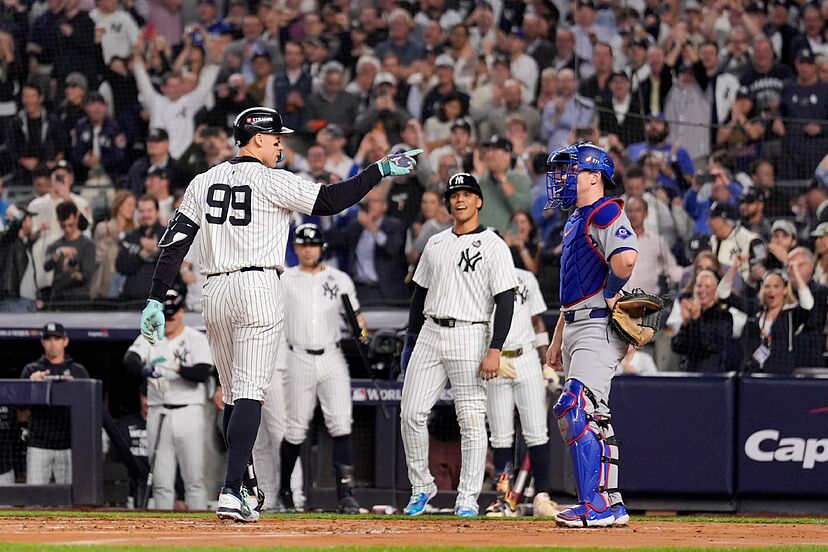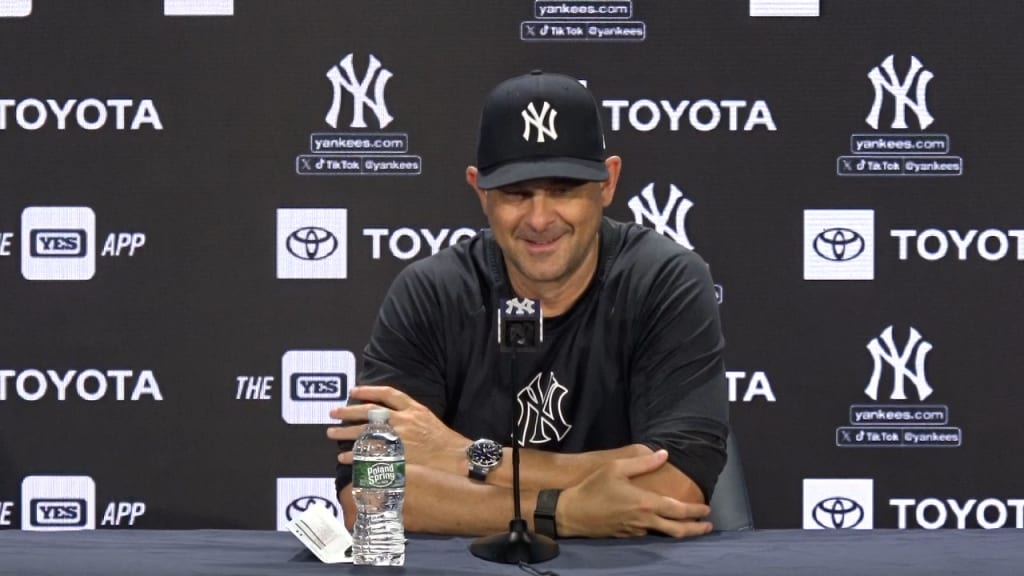When the Yankees recognized they couldn’t count on veteran closer Clay Holmes for consistent performances in the playoffs, due to his league-leading number of blown saves, they turned to journeyman Luke Weaver to take over the role. Holmes’ unpredictability posed too much of a risk against high-caliber opponents, prompting the team to look for a more reliable option.
Luke Weaver’s Journey to the Bronx
Luke Weaver, 31, has had a career characterized by frequent transitions between MLB teams. He began his career with the St. Louis Cardinals, where he spent three seasons, before moving to the Arizona Diamondbacks for another three years. Afterward, Weaver had stints with Kansas City, Cincinnati, and Seattle, eventually joining the New York Yankees in 2023. Despite only pitching 13.1 innings with the Yankees initially, they recognized his untapped potential and decided to invest more significantly in him. This decision came as the team sought a more reliable option for the closer role, following Clay Holmes’ struggles.

A Breakout Season for the Yankees
Their faith in Luke Weaver paid off. He delivered 84 innings this past season, posting an impressive 2.89 ERA and a career-high 11.04 strikeouts per nine innings over a minimum of 50 innings pitched. Weaver also recorded a 79.4% left-on-base rate and a 36.4% ground ball rate, showcasing his effectiveness and reliability throughout the regular season.
When it mattered most, Weaver elevated his performance. In the postseason, he posted a stellar 1.76 ERA over 15.1 innings, proving his ability to thrive under pressure. While he did make occasional mistakes, they were minimal and understandable given the elite competition he was up against.
Weaver’s Dominant Pitching Arsenal
Weaver’s success can largely be attributed to his ability to generate swings and misses. He ranked in the 94th percentile for whiff rate and the 93rd percentile for strikeout rate, highlighting his dominance on the mound. His primary weapons include a four-seam fastball, change-up, and cutter. This past season, his four-seam fastball saw a velocity boost, averaging 95.7 mph, thanks to adjustments in his delivery that improved weight distribution and efficiency. These changes helped elevate his performance and make him a key contributor for the Yankees.
Weaver’s fastball was particularly effective, limiting opposing batters to a .177 average and a .331 slugging rate. It proved to be a crucial asset during the playoffs, helping him emerge as one of the Yankees’ most dependable arms on the mound.

Securing the Closer Role
The Yankees’ decision to bet on Weaver’s upside proved to be a smart move. Instead of offering him a straightforward one-year contract, they secured a club option for 2025 at a modest $2.5 million, making him their primary closer for another season. Weaver seems to enjoy his time in the Bronx, which raises the possibility of a long-term extension in the future.
Replacing Key Bullpen Arms
While the Yankees must address the innings and production lost with free agents Clay Holmes and Tommy Kahnle, they can breathe easier knowing their closer role is secure with Weaver at a fraction of the cost. Compared to the $6 million Holmes earned in his final year of arbitration, Weaver’s $2.5 million salary for 2025 represents an excellent value. This move highlights the Yankees’ ability to find quality pitching at budget-friendly prices, a testament to their savvy roster management.




